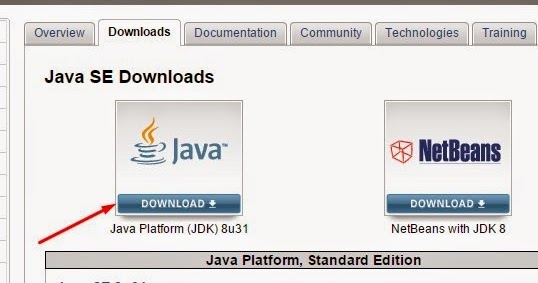

īy not setting any arguments in the preceding call to WorkspaceClient w = new WorkspaceClient(), the Databricks SDK for Java uses its default process for trying to perform Azure Databricks authentication. If the section does not already exist within the pom.xml file, you must also add the parent element to the pom.xml file.įor example, to open your project’s pom.xml file in IntelliJ IDEA, click View > Tool Windows > Project, and then double-click to open > src > pom.xml. To do this, add the following to the pom.xml file’s existing section. In your project’s pom.xml file, instruct your build system to take a dependency on the Databricks SDK for Java. Get started with the Databricks SDK for Java A Java-compatible integrated development environment (IDE).Continuous integration (CI) testing with the Databricks SDK for Java is compatible with Java versions 8, 11, 17, and 20. A Java Development Kit (JDK) that is compatible with Java 8 or higher.Azure Databricks authentication configured.Before you beginīefore you begin to use the Databricks SDK for Java, your development machine must have:
JAVA SE DEVELOPMENT KIT 11 X86 HOW TO
In this article, you learn how to automate operations in Azure Databricks accounts, workspaces, and related resources with the Databricks SDK for Java. Databricks may have minor documented backward-incompatible changes, such as renaming the methods or some class names to bring more consistency. You are highly encouraged to install a specific version of the Databricks SDK for Python package and read the changelog where Databricks documents the changes. API clients for all services are generated from specification files that are synchronized from the main platform. To provide feedback, ask questions, and report issues, use the Issues tab in the Databricks SDK for Java repository in GitHub.ĭuring the Experimental period, Databricks is actively working on stabilizing the Databricks SDK for Java’s interfaces. The Databricks SDK for Java is in an Experimental state.


 0 kommentar(er)
0 kommentar(er)
